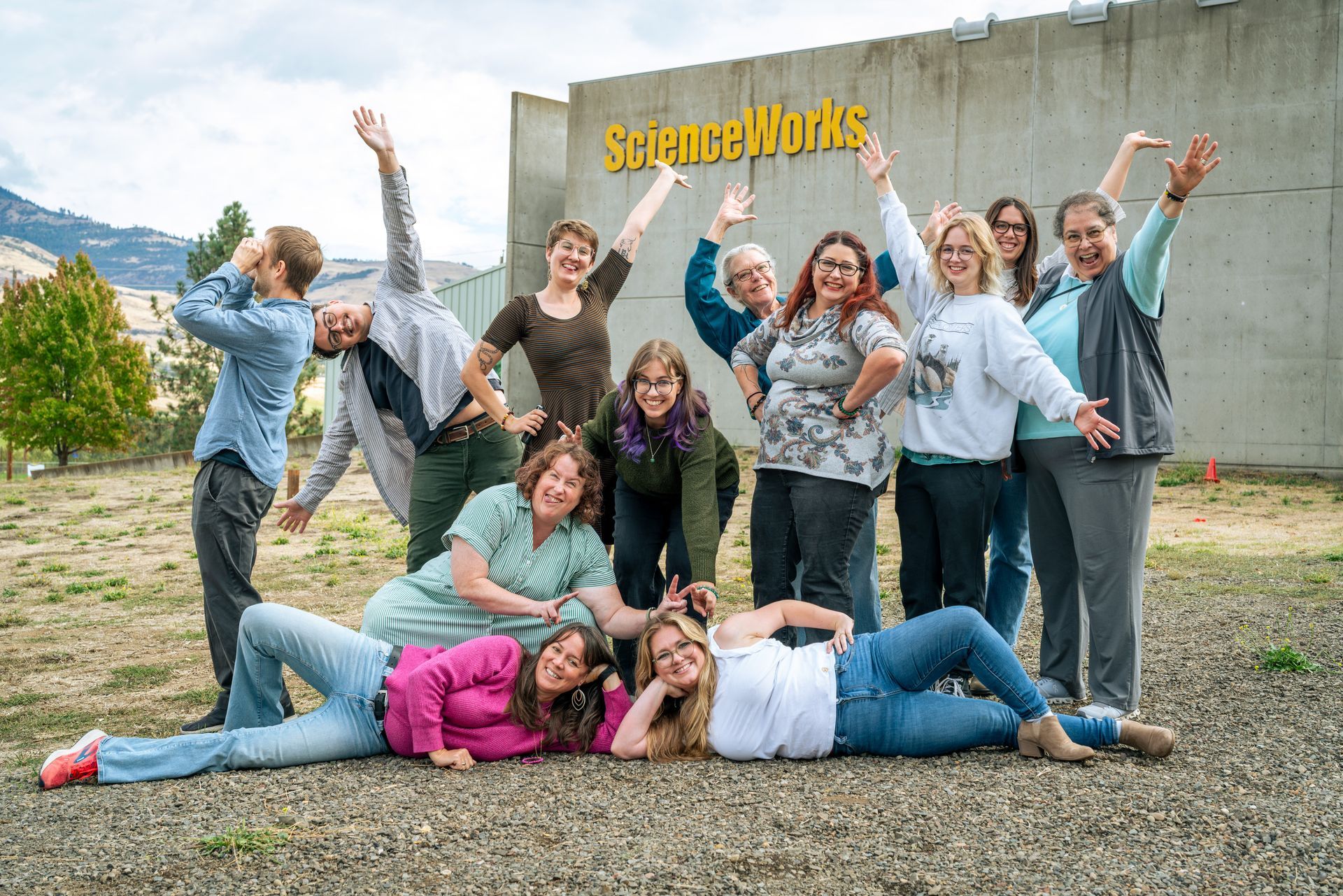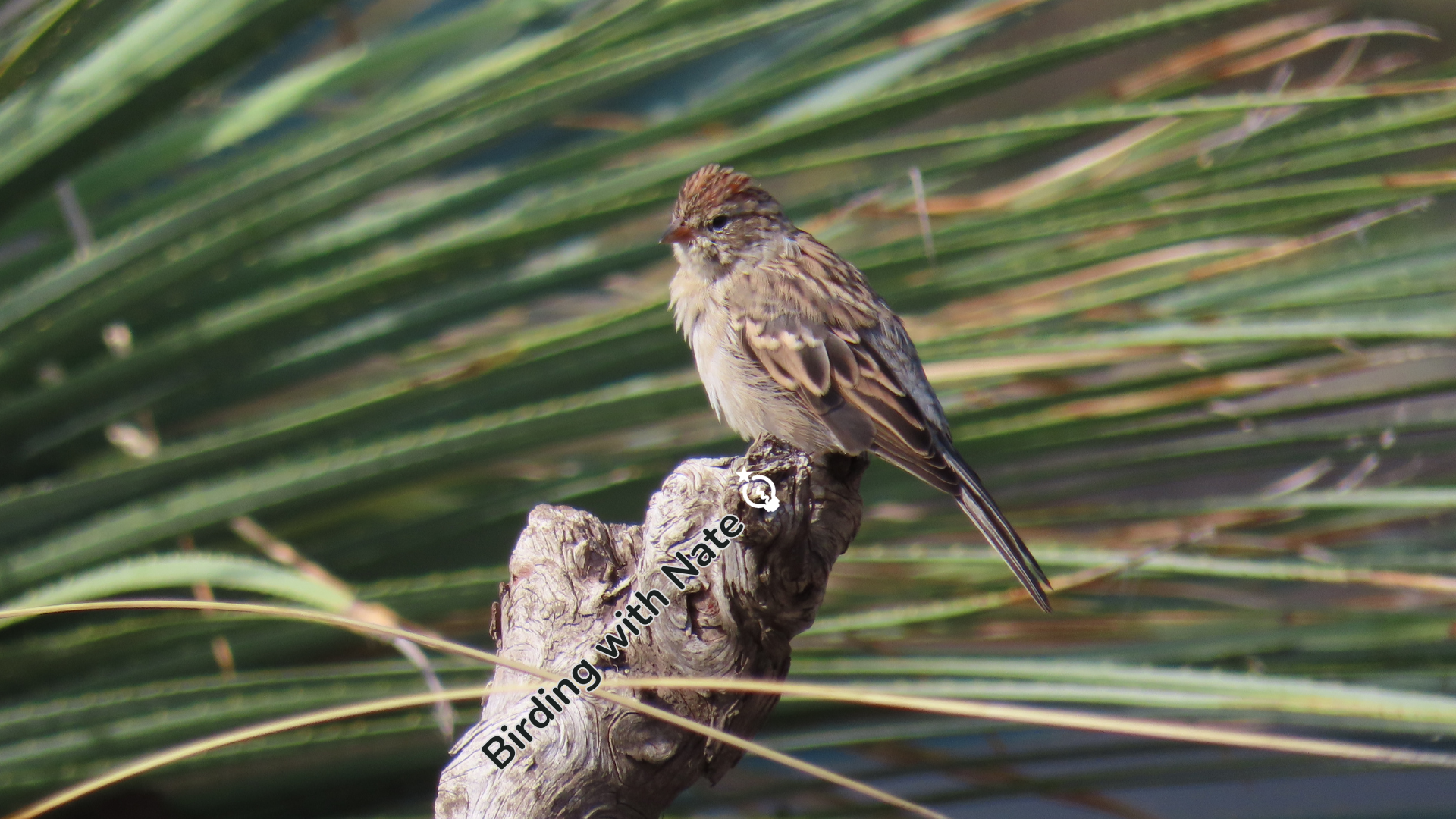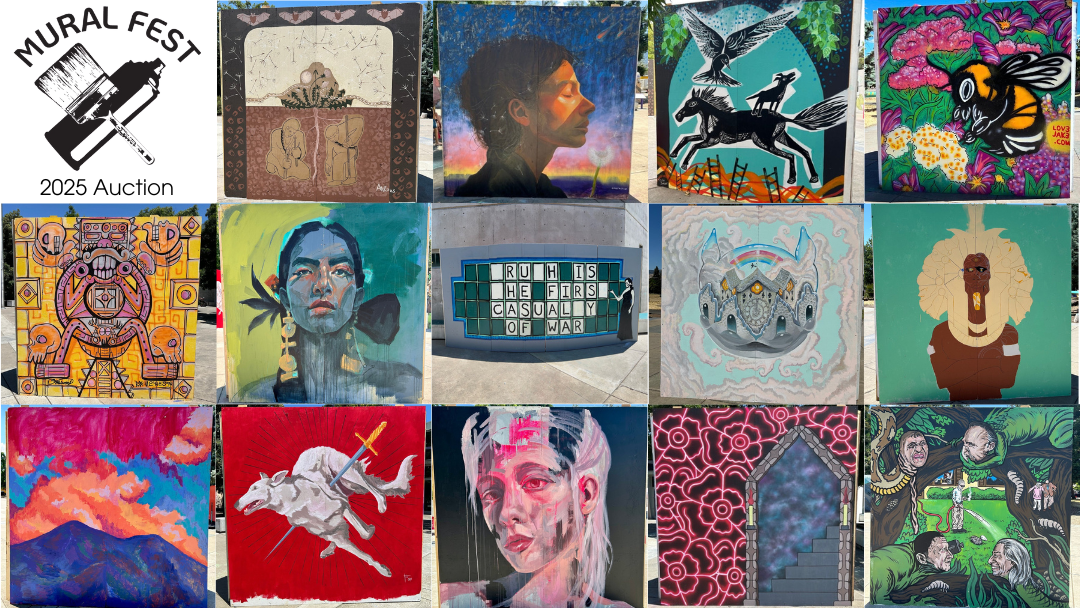July Gallery of Heroes - Disability Pride Month
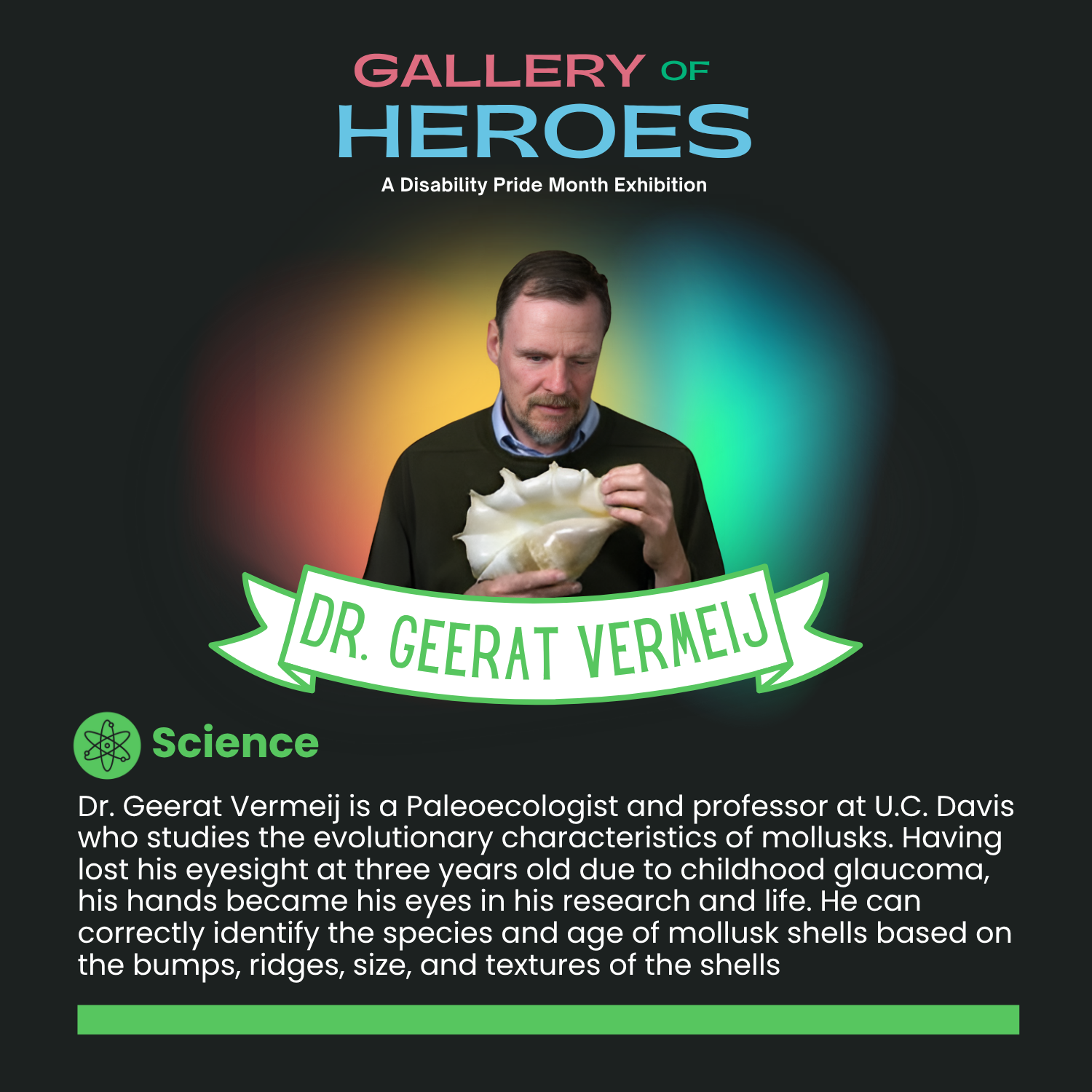
![Slide 2 [black text on multi-colored ground]](https://lirp.cdn-website.com/b9a62940/dms3rep/multi/opt/Science+Slide+2-1920w.png)

![Slide 4 - [black text on multi-colored ground]](https://lirp.cdn-website.com/b9a62940/dms3rep/multi/opt/Technology+Slide+2-1920w.png)
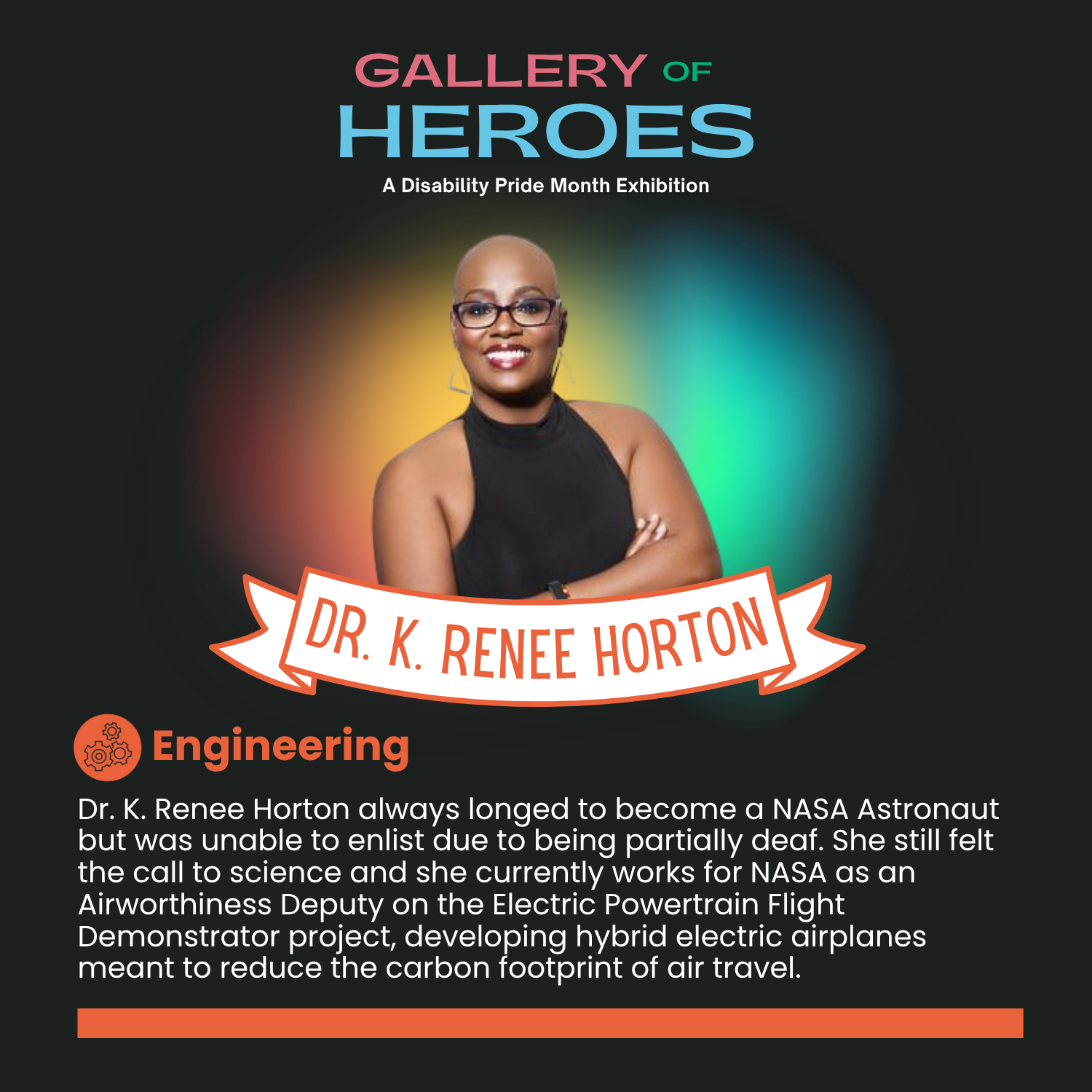
![Slide 6 - [black text on multi-colored ground]](https://lirp.cdn-website.com/b9a62940/dms3rep/multi/opt/Engineering+Slide+2-1920w.png)
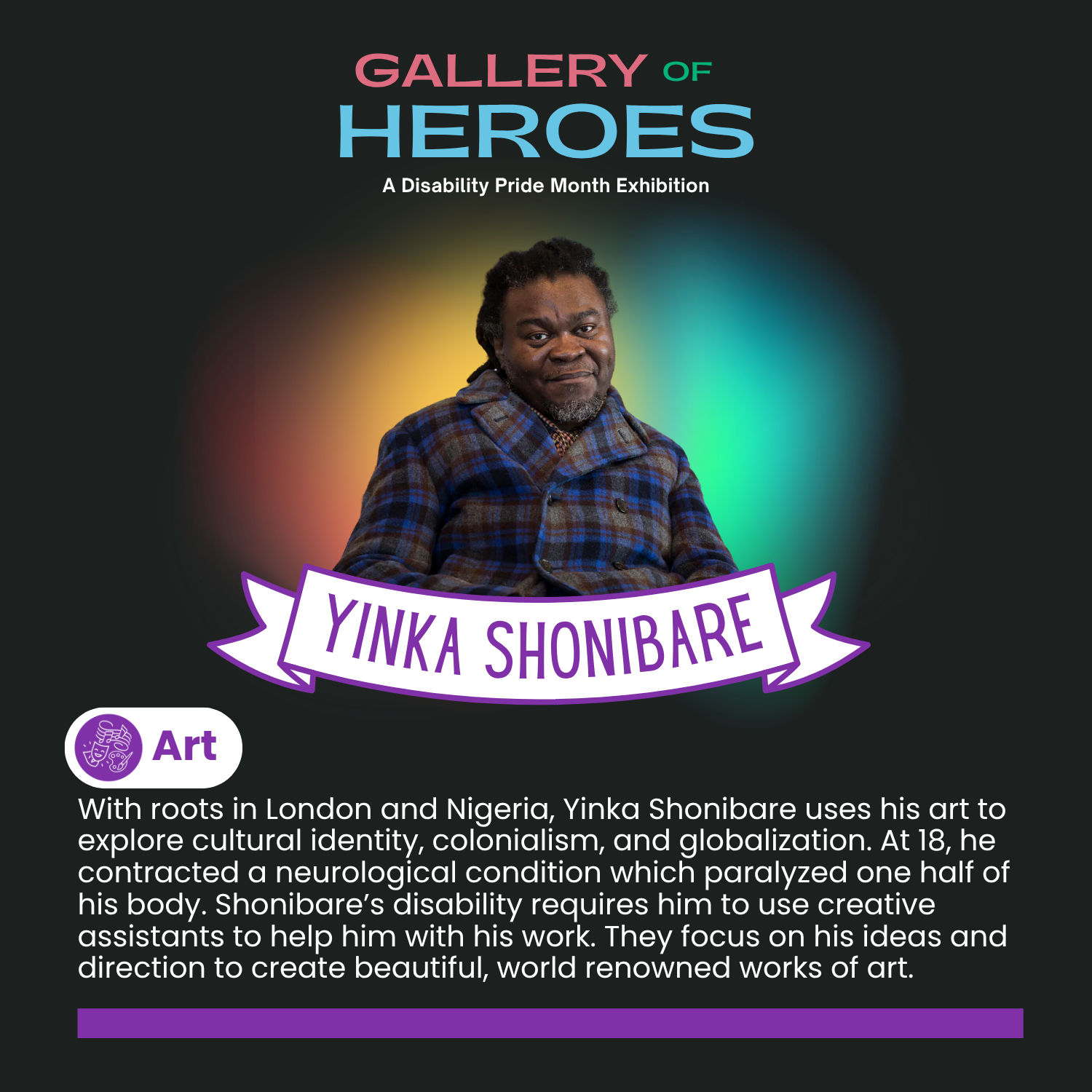
![Slide 8 - [black text on multi-colored ground]](https://lirp.cdn-website.com/b9a62940/dms3rep/multi/opt/Art+Slide+2-1920w.png)
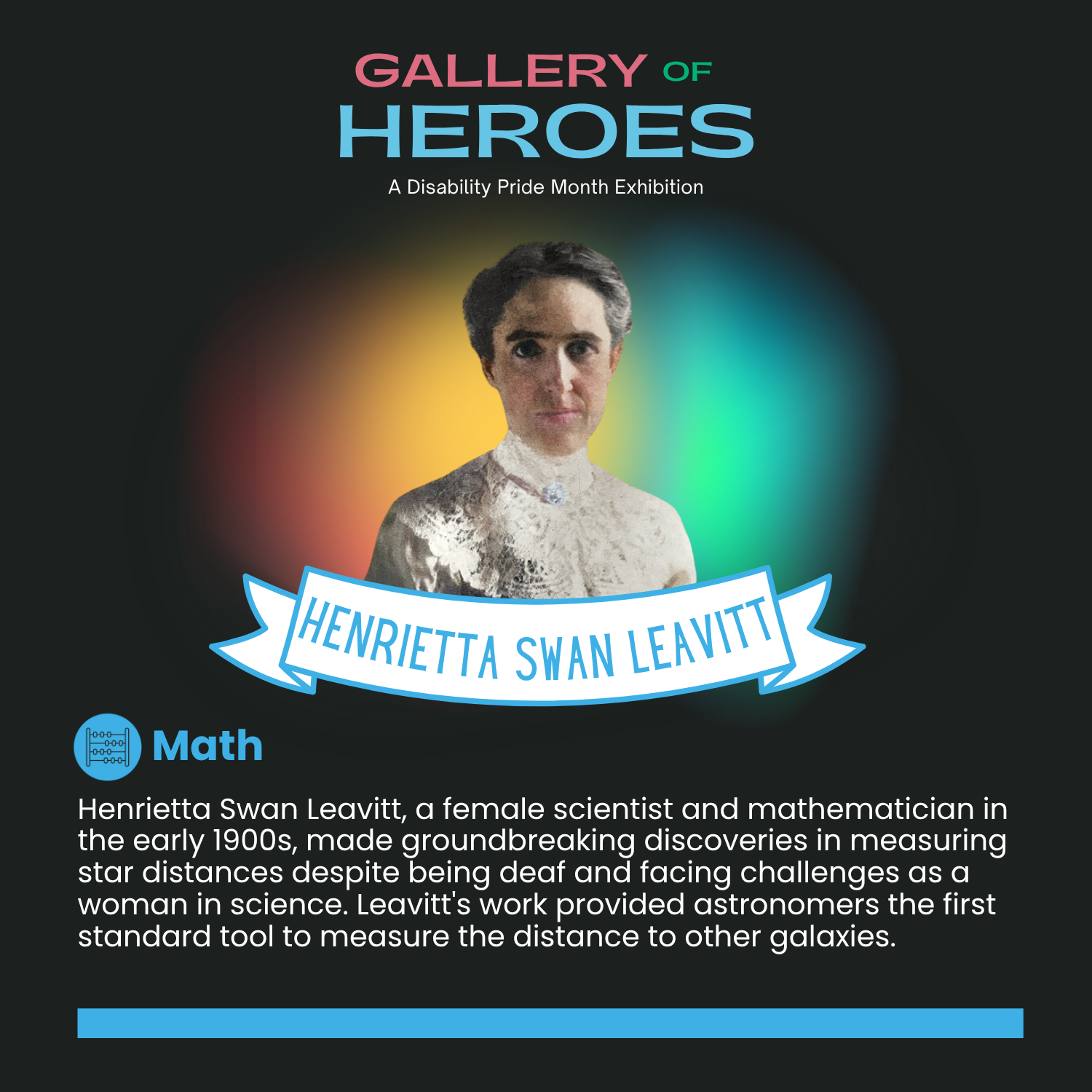
![Slide 10 - [black text on multi-colored ground]](https://lirp.cdn-website.com/b9a62940/dms3rep/multi/opt/Math+Quote-1920w.png)
Slide 1 - "Science" [a photograph of Dr. Geerat Vermeij holding a conch shell.]
Dr. Geerat Vermeij is a Paleoecologist and professor at U.C. Davis who studies the evolutionary characteristics of mollusks. Having lost his eyesight at three years old due to childhood glaucoma, his hands became his eyes in his research and life. He can correctly identify the species and age of mollusk shells based on the bumps, ridges, size, and textures of the shells.
Slide 2 [black text on multi-colored ground]
"Being aware, to me, is so essential in science. Because by being aware, you are made a better observer, and observation is really where all of it begins. If you don't observe, then it's very hard to be puzzled by anything, and if you aren't puzzled by anything, then how can you ask scientific questions?" - Dr Geerat J Vermeij
Slide 3 - "Technology" [photo of Hugh Herr]
Hugh Herr was one of the best climbers in the United States until an accident led to the below-knee amputation of both of his legs. After his amputations, he began his life’s work - developing better limb prostheses. He currently develops wearable robotic systems to enhance human physical abilities, making a significant impact on people's lives.
Slide 4 - [black text on multi-colored ground]
"Humans are not disabled. A person can never be broken. Our built environment, our technologies, are broken and disabled. We the people need not accept our limitations, but can transcend disability through technological innovation." - Hugh Herr
Slide 5 - "Engineering" [photo of Dr. K. Renee Horton]
Dr. K. Renee Horton always longed to become a NASA Astronaut but was unable to enlist due to being partially deaf. She still felt the call to science and she currently works for NASA as an Airworthiness Deputy on the Electric Powertrain Flight Demonstrator project, developing hybrid electric airplanes meant to reduce the carbon footprint of air travel.
Slide 6 - [black text on multi-colored ground]
"My hearing loss grounded me from being an astronaut, but it hasn’t limited my ability to soar when I put my mind to it." - Dr. K. Renee Horton
Slide 7 - "Arts" [photo of Yinka Shonibare]
With roots in London and Nigeria, Yinka Shonibare uses his art to explore cultural identity, colonialism, and globalization. At 18, he contracted a neurological condition which paralyzed one half of his body. Shonibare’s disability requires him to use creative assistants to help him with his work. They focus on his ideas and direction to create beautiful, world renowned works of art.
Slide 8 - [black text on multi-colored ground]
"Art making is a form of alchemy, in a way, because you are trying to make gold from nothing. When it works very well is when you manage to turn the ordinary into the extraordinary." - Yinka Shonibare
Slide 9 - "Mathematics" [photo of Henrietta Swan Leavitt]
Henrietta Swan Leavitt, a scientist and mathematician in the early 1900s, made groundbreaking discoveries in measuring star distances despite being deaf and facing challenges as a woman in science. Leavitt's work provided astronomers the first standard tool to measure the distance to other galaxies.
Slide 10 - [black text on multi-colored ground]
"In addition to these larger labors, Miss Leavitt took part in various minor investigations. She gave considerable time to the discovery of new celestial objects. Altogether, she found 4 new stars, 2400 variable stars, or about one half of the known variables, and various asteroids and other objects." - Solon I. Bailey, "Henrietta Swan Leavitt"
Popular Astronomy (1922) Vol. 30, No. 4, Whole No. 294






